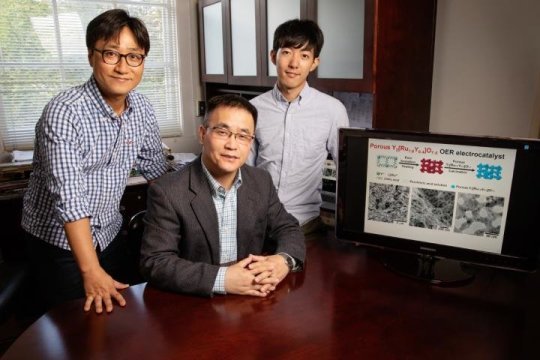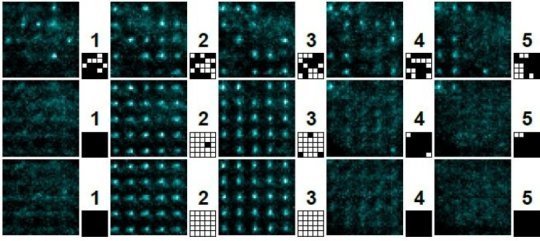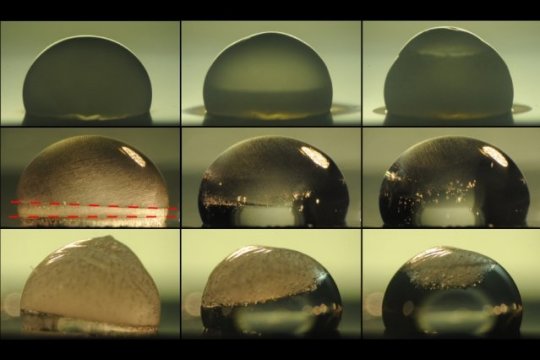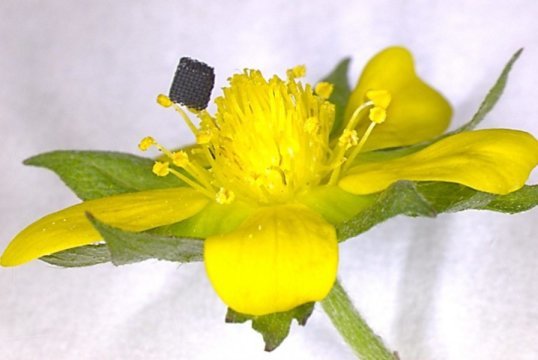Breaking the bonds between oxygen and hydrogen in water could be a key to the creation of hydrogen in a sustainable manner, but finding an economically viable technique for this has proved difficult. Researchers report a new hydrogen-generating catalyst...
UNSW and RMIT researchers have discovered a revolutionary and cheap way to make filters that can turn water contaminated with heavy metals into safe drinking water in a matter of minutes.
Recent UNSW SHARP hire Professor Kourosh Kalantar-zadeh and his...
Quantum dots are nanometer-sized boxes that have attracted huge scientific interest for use in nanotechnology because their properties obey quantum mechanics and are requisites to develop advanced electronic and photonic devices. Quantum dots that self-assemble during their formation are...
When you think of robotics, you likely think of something rigid, heavy, and built for a specific purpose. New "Robotic Skins" technology developed by Yale researchers flips that notion on its head, allowing users to animate the inanimate and...
Yale University researchers have demonstrated one of the key steps in building the architecture for modular quantum computers: the "teleportation" of a quantum gate between two qubits, on demand.
The findings appear online Sept. 5 in the journal Nature.
The key...
Reduced entropy in a three-dimensional lattice of super-cooled, laser-trapped atoms could help speed progress toward creating quantum computers. A team of researchers at Penn State can rearrange a randomly distributed array of atoms into neatly organized blocks, thus performing...
From airplane wings to overhead powerlines to the giant blades of wind turbines, a buildup of ice can cause problems ranging from impaired performance all the way to catastrophic failure. But preventing that buildup usually requires energy-intensive heating systems...
Researchers from Virginia Tech and Lawrence Livermore National Laboratory have developed a novel way to 3D print complex objects of one of the highest-performing materials used in the battery and aerospace industries.
Previously, researchers could only print this material, known...
What exactly happens when you blow on a soap film to make a bubble? Behind this simple question about a favorite childhood activity is some real science, researchers at New York University have found.
In a series of experiments replicating...
Engineers have developed printable metal tags that could be attached to everyday objects and turn them into "smart" Internet of Things devices.
The metal tags are made from patterns of copper foil printed onto thin, flexible, paper-like substrates and are...
A new material developed by University of Colorado Boulder engineers can transform into complex, pre-programmed shapes via light and temperature stimuli, allowing a literal square peg to morph and fit into a round hole before fully reverting to its...

















